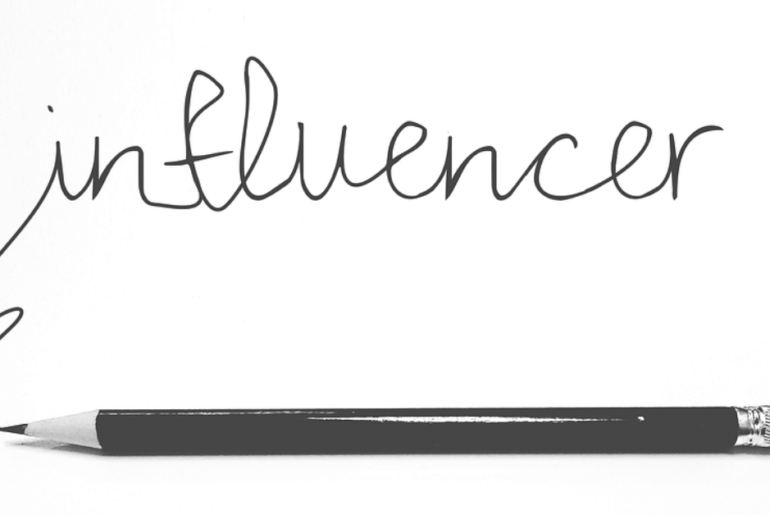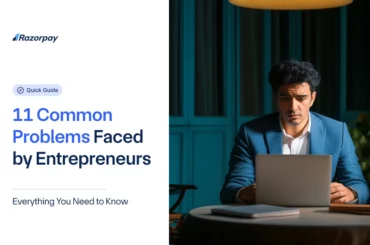Influencer Marketing has gained massive popularity in the last few years.
It has turned out to be the fastest growing marketing approach in the world, becoming one of the most effective ways to grow a brand or a business.
According to Influencer Marketing Hub, Influencer Marketing is predicted to grow from $3 billion in 2017 to $6.5 billion in 2019.
Marketers are also allocating at least 20% of the budget for campaigns.
And so, it has become a go-to trend for most marketers to generate leads, increase engagement, and maximize conversions.
What is Influencer Marketing?
Influencer Marketing is a form of marketing that focuses on broadcasting your business and its views to a broader audience through key industry connoisseurs, often called “Influencers.â€
This works well for all types of businesses, no matter if it’s a startup wanting to be recognized or a huge business launching a new product.
Why Influencer Marketing works
In the virtual realm where content creation takes no backseat, it can get stiff for consumers to cut through the fluff to find any context, or believe in the content, even.
Consumers are growing exceedingly weary of ad campaigns, leaving very little room for businesses to project their content that resonates with them.
Parallelly, businesses aren’t adequately able to stand out in the consumer’s eye. And, this is precisely where Influencer Marketing comes in.
As mentioned earlier, consumers believe people over faceless ads.
Influencers act as brand advocates and produce quality content keeping their audience in mind and work towards distributing them in a manner that is understood and appreciated by consumers.
They help captivate them, which in turn, helps in retention.
How to choose the right Influencer for your business
The first step to Influencer Marketing is identifying its purpose.
Define WHY you want an influencer to advocate your business and what you aim to accomplish through it.
These are a few results you should aim to accomplish.
- Increased reach of content
- Brand awareness
- Blazing engagement
- Consistent traffic
- Higher retention
Keep in mind your domain and your goals to figure out what kind of Influencer works best for your business.
Mega Influencer
This is someone who has over a million followers, driving about 2% to 5% engagement through each post.
They are typically actors, models, athletes, and social media celebrities.
They reach the largest umbrella of people because they’re celebrities and they’re their own brand.
However they also have lesser impact when it comes to representing a business and driving actionable campaigns on its behalf.
Macro Influencer
Someone with about 10,000 to a million followers, driving about 5% to 25% engagement through each post, can be considered a Macro Influencer.
Bloggers, industry specialists, businessmen, journalists are a few examples of macro influencers.
Your target audience can relate very well with them because of their domain-specific knowledge and expertise.
Micro Influencer
This is someone with 1000 to 10,000 followers, driving close to 25% to 50% engagement through every single post.
Their network and domain knowledge is very sound, which in turn, gives them the highest brand relevance on the gamut.
They work closely with brands and businesses based on their personal experience with a brand or a product, creating an honest relationship among both brands and target audience.
What next?
Connect with your Influencer
Once you know who you want to work with, find a way to connect with them.
This is the most challenging part in Influencer Marketing because it is absolutely necessary for the Influencer to align themselves with what your brand stands for.
There can be instances where the Influencer has already mentioned your business in their content.
This can be a gateway for you to approach them because they already believe in your brand. Once you have this out of the way, your job is pretty much done!
Talk money with your Influencer
The biggest mistake possible would be not providing competitive compensation to your influencer, which can possibly make them drop the whole project.
The key is to find a balance which works well for both you and the Influencer.
These are some compensation plans to consider:
Pay per post
With ‘Pay per post’, you pay your Influencer a fixed chunk for every post they create, develop, and publish.
Pay per click
PPC or pay per click is a common payment/bidding way in performance marketing.
With this type of payment, you’re essentially paying only on the total number of clicks you receive on your landing page, driven by their campaign
Pay per engagement
With pay per engagement, you pay your influencer on the total number of engagements on a piece of content
Pay per conversion
Whenever someone purchases a product who’s directly come from your influencer campaign, you pay a commission to the influencer.
Set-up your Influencer Marketing campaign
Whether you’re launching your business or a product, get involved in content creation and an approach that really makes an impact on your target audience.
You are essentially employing your Influencer to create content and distribute it. It’s definitely best if you’re a part of the strategy your Influencer will use to work on promoting your business or product.
This also helps your influencer make better sense of what the business or product stands for, helping them work on the campaign in a significantly better manner.
Target what social platforms you want to focus on, the kind of content that needs to be created, and a distribution plan.
Your plan should essentially focus on the type and frequency of posts, and a way to measure the results. Experiment with images, YouTube videos (vlogs), blogs, and infographics.
Evaluate your Influencer Marketing campaign
This is probably the most critical part of running influencer campaigns. Understanding how your campaigns have performed helps you evaluate and optimize future campaigns.
Understanding how your campaigns have performed helps you evaluate and optimize future campaigns.
So, once your campaign has completed a cycle, be sure to go over the results to understand how it performed.
Analyze the ROI metrics that are most relevant to your campaign goals.
By analyzing the data in hand, you’ll be able to see what works and fix what isn’t.
Reward your Influencer
Yes, we already talked about money. But rewarding your Influencer is a great way to show how much you appreciate their work.
It can be anything – an experience or a few products of your brand, even!
This helps establish good relationships with your Influencer, making them want to work with you in the future.
The bottom line
You may probably have a good idea of what an Influencer Marketing campaign can do to your business, and believe us – there are endless possibilities!
By actually carrying out a campaign, you’ll end up building trust and relationships with your Influencer, as well as your target audience.
It’s a win-win!







